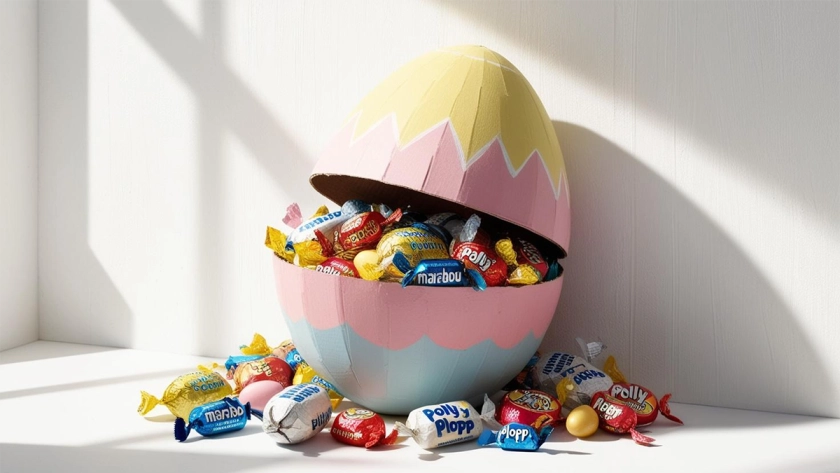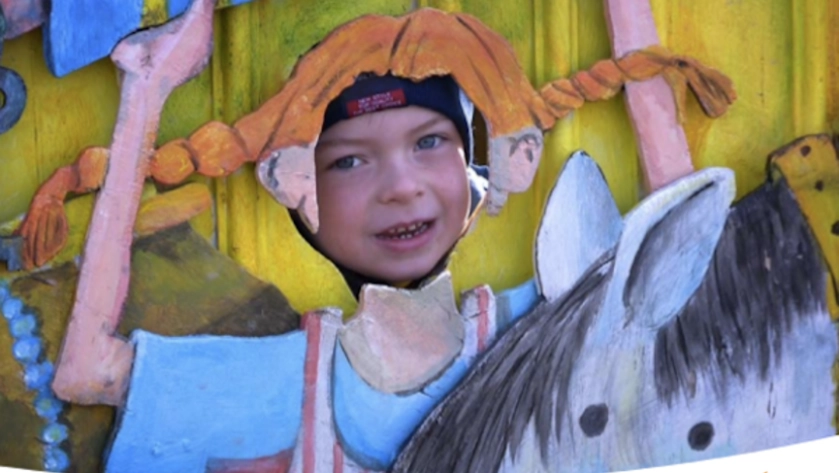
In Sweden, Easter (Påsk) is both a religious and family celebration that marks the arrival of spring and the awakening of nature after long months of winter.
While several religious services are held during the Holy Week (stilla veckan), other cultural and popular events give Swedish Easter a unique atmosphere.
Among the most joyful and colorful symbols of this period, Easter eggs hold a central place, but with a distinct "Swedish" touch.
Whether you're in Sweden for a few days or living there, Easter is a special time to experience, where culture and traditions mix with conviviality full of colors and flavors.
Religious Services and Holy Week Traditions
1. Palm Sunday (Palmsöndag)
Palm Sunday (the Sunday before Easter), which marks the beginning of the Holy Week (Stilla veckan), is celebrated in many Swedish churches. Although the tradition of palm branches (tree branches) is not as deeply rooted as in other countries, churches often organize special services to mark the event.
It is also common for worshippers to carry birch branches decorated with colorful feathers (påskris), symbolizing the palm branches, and for children to participate in adapted celebrations.
 Credits: Lola Akinmade Åkerström/imagebank.sweden.se
Credits: Lola Akinmade Åkerström/imagebank.sweden.se
Bright and colorful feathers decorate the branches and trees throughout the city.
2. Maundy Thursday (Skärtorsdag)
Maundy Thursday is a day that commemorates the last supper of Jesus with his disciples. In Swedish churches, communion services are often held. It is a time for reflection and prayer for many believing Swedes. It is also a day when many families prepare to celebrate the long Easter weekend.
3. Good Friday (Långfredag)
Good Friday is an important day in Christian tradition in Sweden. Although Good Friday is a public holiday, it is also a day marked by silence and prayer, as Swedes commemorate the crucifixion of Jesus.
Many churches organize services, often in the morning, where the Gospels recounting the final moments of Jesus' life are read.
Public places and businesses may be closed to observe this solemn day.
4. Holy Saturday or Easter Vigil
Holy Saturday, or the Easter Vigil, is a time when churches celebrate the resurrection of Jesus. This vigil is often marked by a special religious service, which often begins in darkness and ends with the lighting of candles to symbolize the light of the risen Christ. Swedish churches sing hymns of rejoicing and celebrate victory over death, a significant symbolic moment for believers.
5. Easter Sunday
Easter Sunday, the day of Jesus' resurrection, is the culmination of Christian celebrations in Sweden. Swedes attend the Easter Mass to celebrate the resurrection of Christ. It is a time of joy, prayer, and song, with joyful hymns announcing the victory of life over death.

Swedish churches are often decorated with spring flowers, such as tulips and daffodils (påsklilja), to symbolize new life.
These flowers are also common in gardens and homes during this time.
6. Easter Mass
Swedes usually attend Easter Mass to receive communion and meditate on the message of the resurrection. Easter Mass is one of the most attended services of the year, as many Swedes participate, even those who are not very religious throughout the year.
The liturgical hymns during the mass are key elements of the celebration, and hymns in honor of the resurrection of Jesus are enthusiastically sung by the Christian community.
Decorated eggs... but not only!
Easter eggs, although having popular connotations, also have a religious origin. Indeed, the egg symbolizes resurrection and the renewal of life because of the transformation it represents. In Christianity, the egg is seen as a symbol of the empty tomb of Jesus, from which he rose.
 Credits: Jenny Drakenlind/Johnér/imagebank.sweden.se
Credits: Jenny Drakenlind/Johnér/imagebank.sweden.se
Traditionally, the eggs were painted red, a color that symbolizes the blood of Christ shed during his crucifixion. Although today this tradition is not as widespread, the egg remains a key symbol of Easter. As in many countries, Swedes enjoy decorating eggs for Easter.
Traditionally, they are hand-painted with floral or abstract patterns, and they are then used to decorate the table or hung in branches (påskris), these birch bouquets adorned with colorful feathers. But the true Swedish special feature lies in the cardboard eggs (påskägg) that replace our traditional chocolate eggs: large hollow cardboard eggs, richly decorated on the outside, which are filled with candy, chocolates, and small surprises.
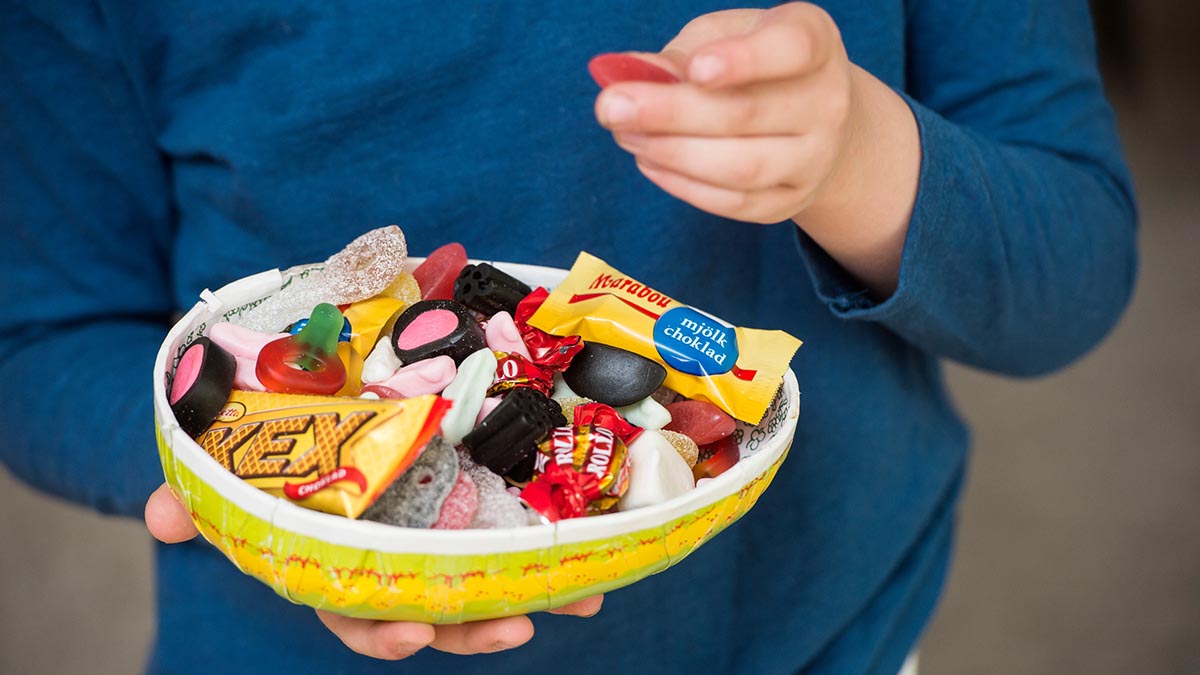 Credits: Magnus Liam Karlsson/imagebank.sweden.se
Credits: Magnus Liam Karlsson/imagebank.sweden.se
These eggs are then given to children... and sometimes to adults! It’s a tradition that combines visual pleasure with indulgence.
The eggs are sold ready-filled in supermarkets and stores, but you can also choose your egg in some shops: they come in all prices and sizes.
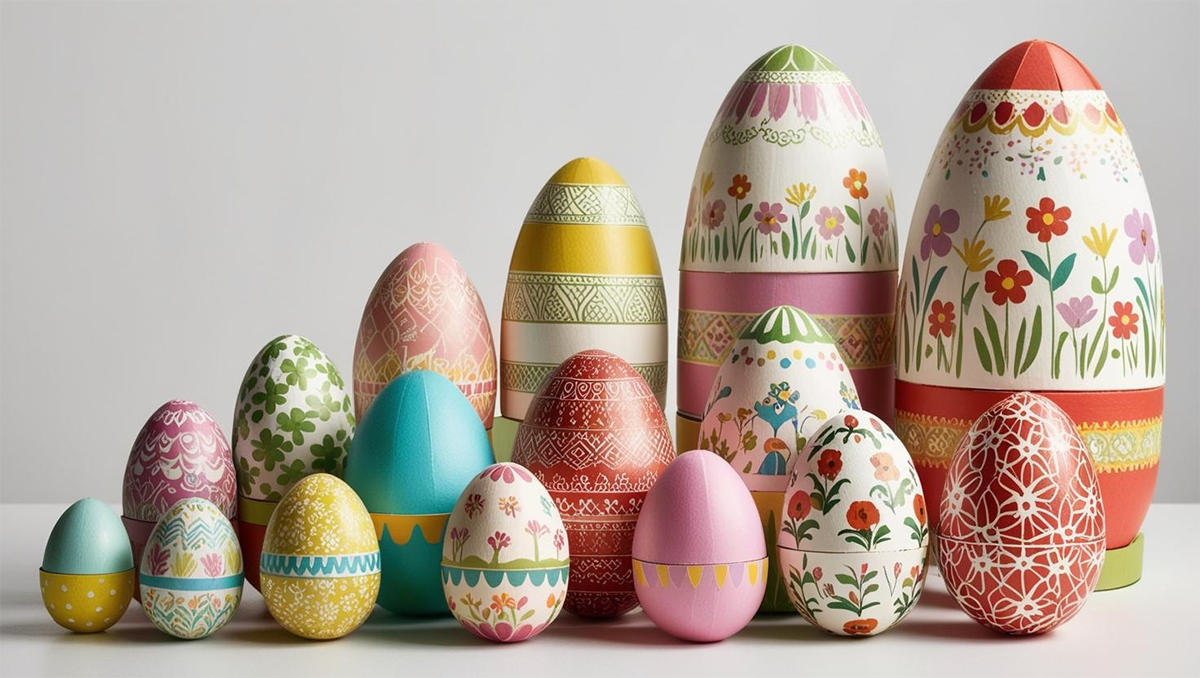
Each year, choosing the right Easter egg for the right person is a challenge, and it can be filled with classic bulk candy or wrapped candies from well-known brands, from reputable quality manufacturers such as Bassets, Cloetta, Malaco, Haribo, and Webes.
What about the Easter egg hunt? The hen? The bells and the rabbit?
With such a tradition, it’s hard to search for eggs in the garden with a little basket, but you can still look for the Easter egg. This is not as systematic a tradition in Sweden, but some families do organize treasure hunts at home or in the garden, where children have to find their påskägg (Easter egg).
Sometimes, they must follow clues, solve riddles, or answer puzzles to earn it. Another fun detail: in Sweden, it’s neither the bells nor the Easter bunny who bring the eggs, but the Easter hare (Påskhåre). It is often seen in decorations, greeting cards, and even in chocolate figurine form.
Eggs... at the table too
Swedes also celebrate Easter around large tables decorated with yellow, spring flowers (particularly påskliljor, daffodils), and traditional dishes. Eggs take a place of honor, served in various ways, both simple and festive. Hard-boiled eggs are often colored or beautifully presented, sometimes even hand-decorated by children. They are served:
- Cut in half, filled with mayonnaise, shrimp, dill, or Swedish caviar (löjrom).
- Arranged on a platter with fresh herbs, alongside marinated herring, smoked salmon, or gravlax.
- As Swedish egg salad, mixed with cream, mild mustard, and chives.
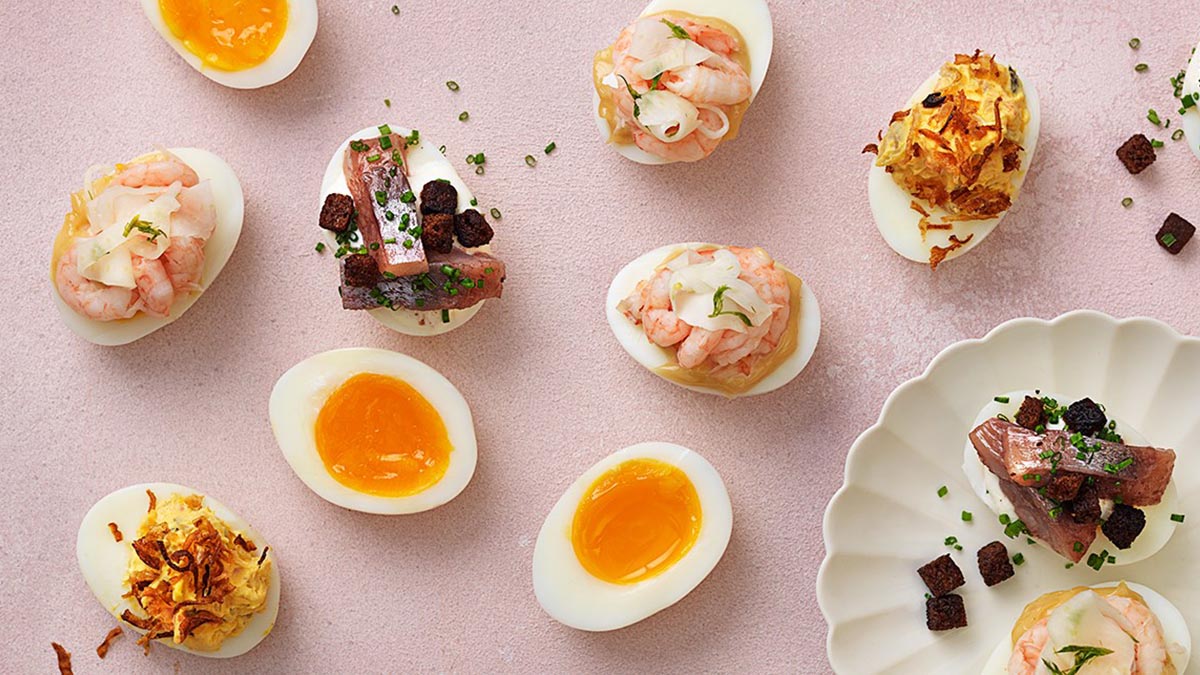
- As an accompaniment to typical dishes: marinated herring (inlagd sill) in different sauces, gravlax salmon with mustard and dill sauce (hovmästarsås), new potatoes, often served cold with butter or cream.
During the meal, it is common to raise toasts with a glass of snaps (flavored vodka) while singing traditional songs (snapsvisor). Eggs, often served at the beginning of the meal, symbolize fertility, new life, and are associated with a spirit of sharing and simplicity.
The Easter Witches
Finally, Easter in Sweden wouldn't be complete without the påskkärringar, these little "Easter witches": children dress up as witches with scarves and long skirts, and go knocking on neighborhood doors to give drawings in exchange for candy, much like during Halloween.

Credits: Lena Granefelt/imagebank.sweden.se
The origin of this tradition dates back to ancient beliefs in Nordic folklore, where it was believed that during Holy Week, witches would fly on broomsticks to meet the devil at Blåkulla (the "blue hill"), a mythical island.
In the past, people would even light fires to chase away the witches, somewhat like during Walpurgis Night (the witches' night on April 30th). Over time, this belief evolved into a joyful, fearless children's custom, full of colors and sugar.
Today, this tradition is very popular, especially in small towns and villages, where children go out in groups, often accompanied by their parents. They receive candy, chocolate eggs, or other treats, such as the famous bulk candy (lösgodis), which is very popular in Sweden.
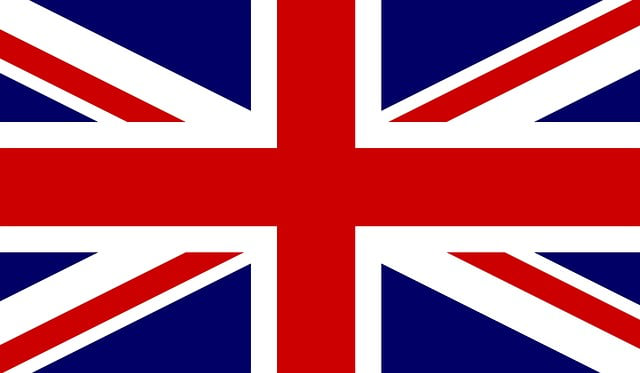 en
en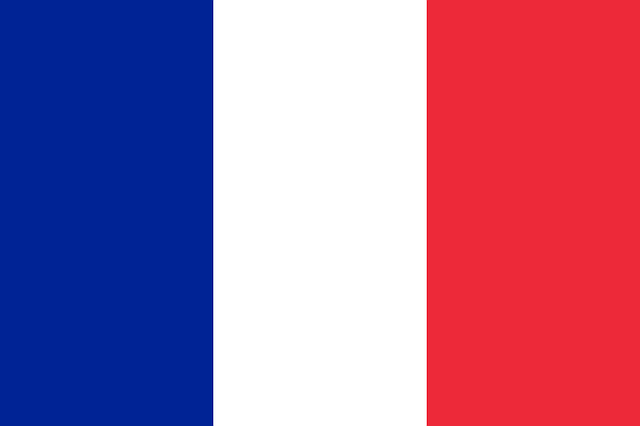 FR
FR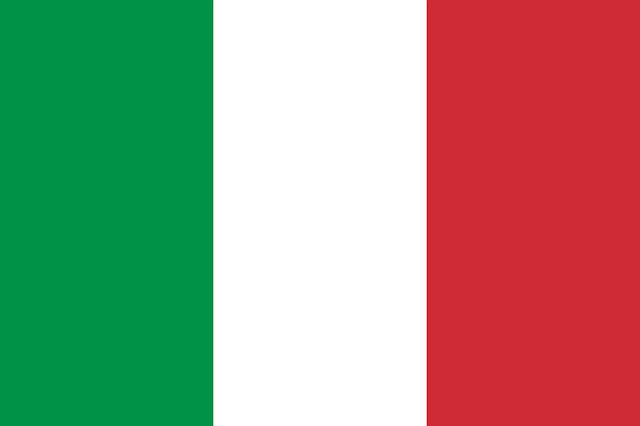 IT
IT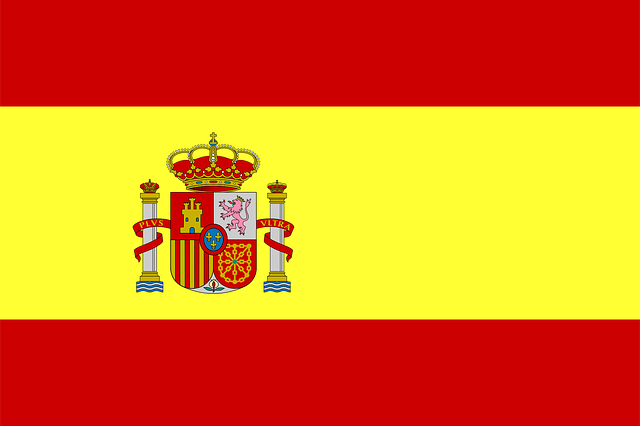 ES
ES
